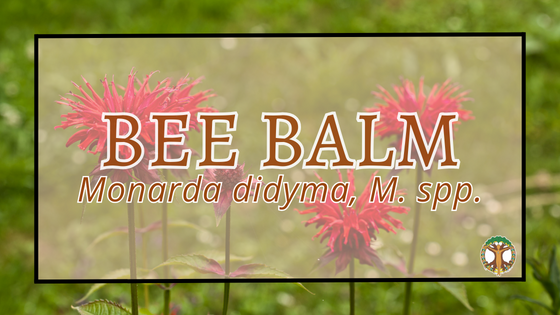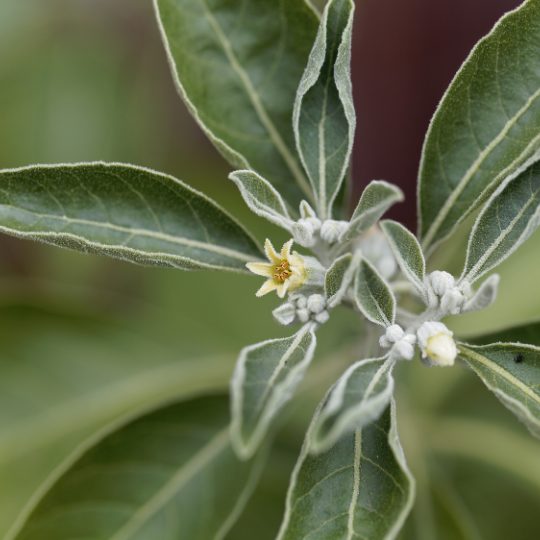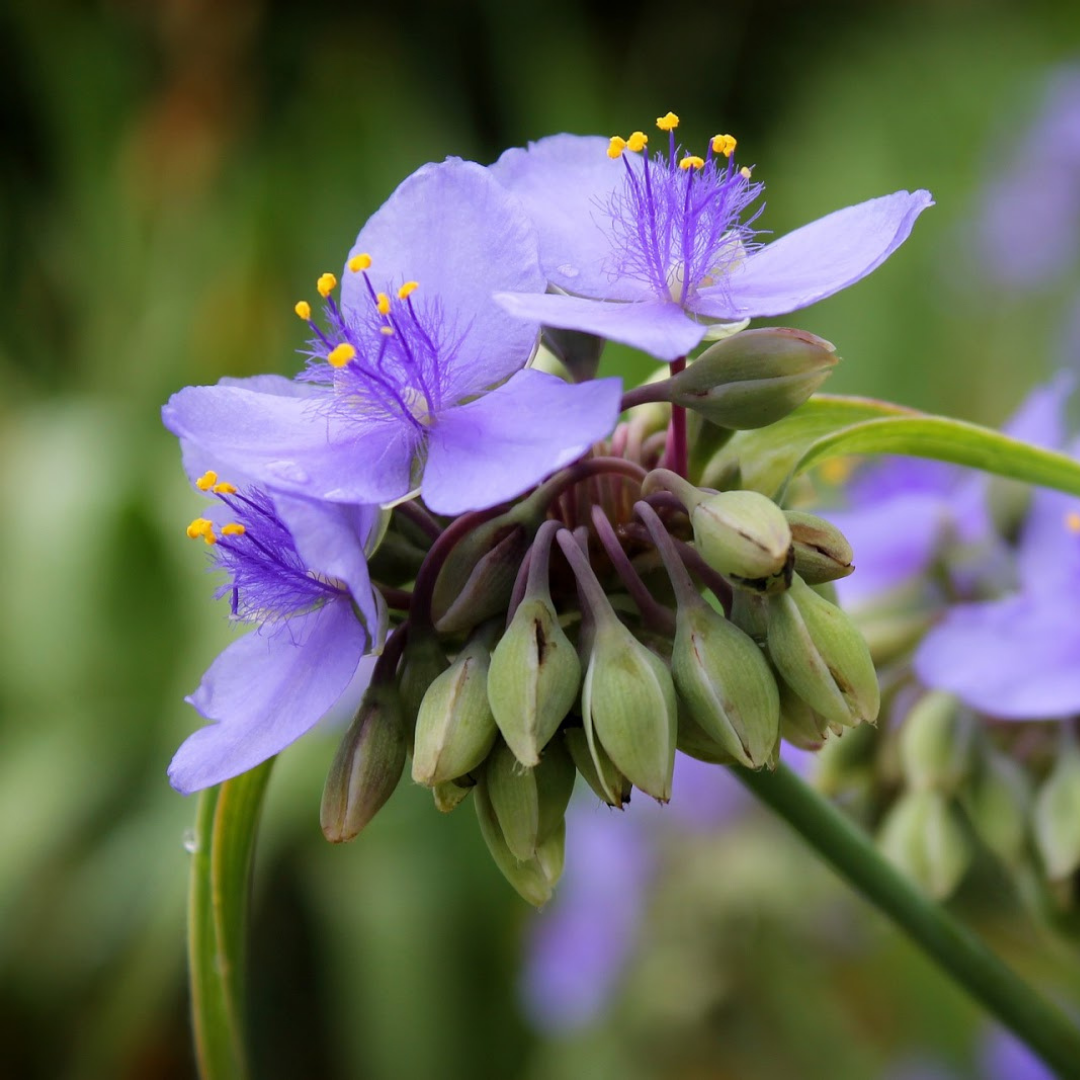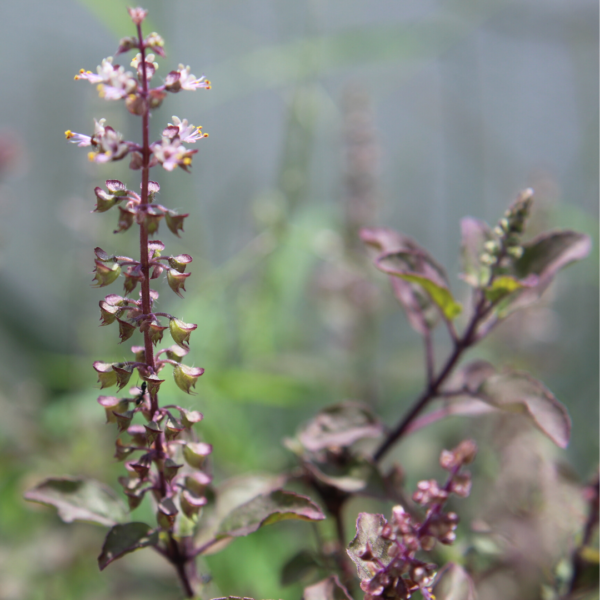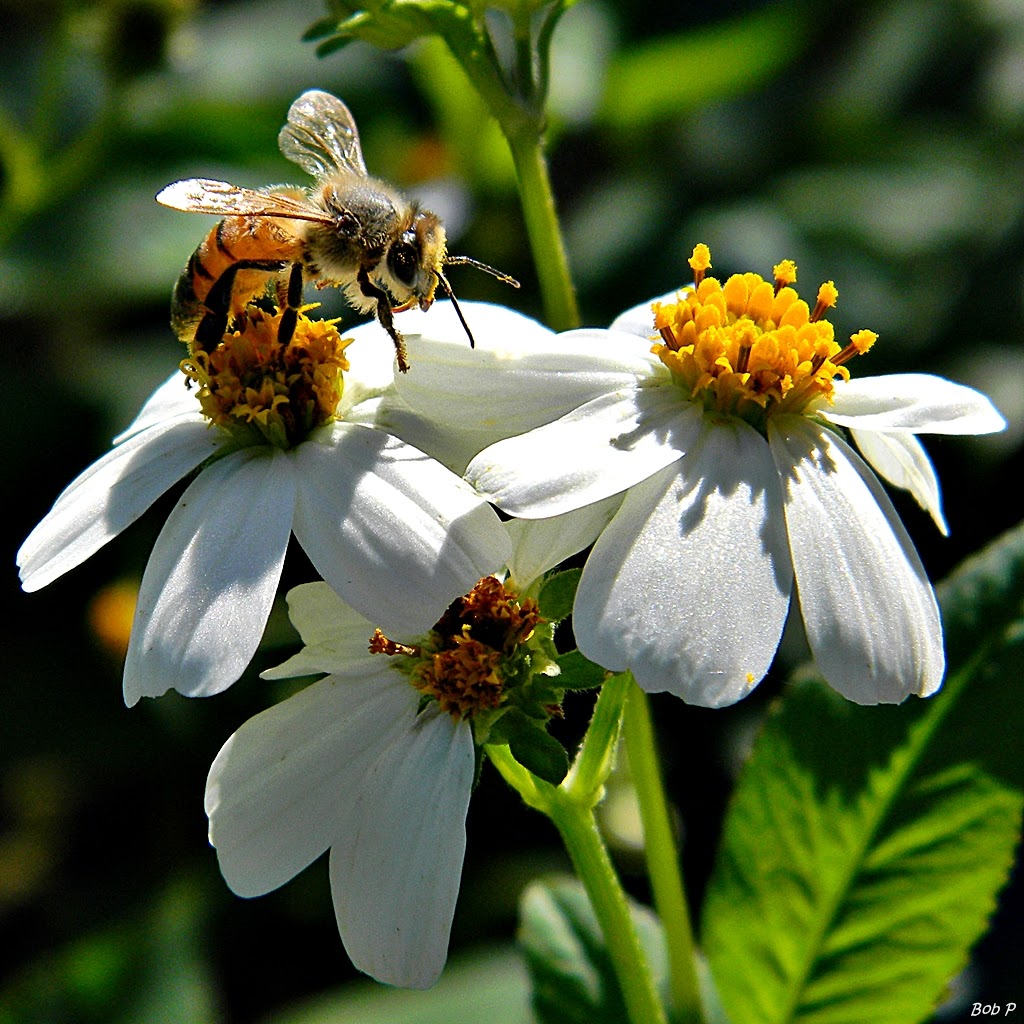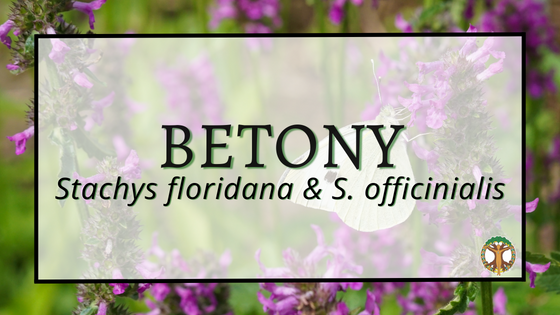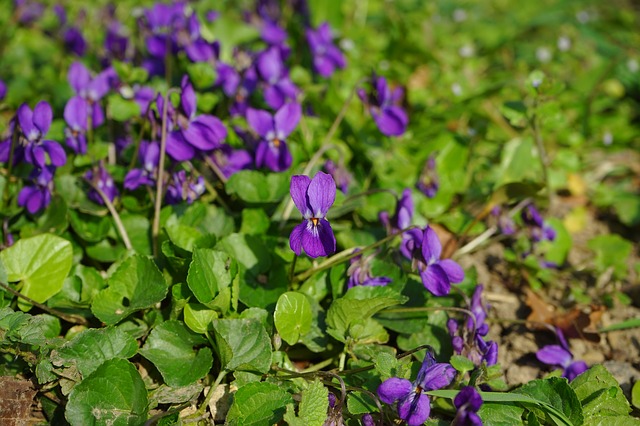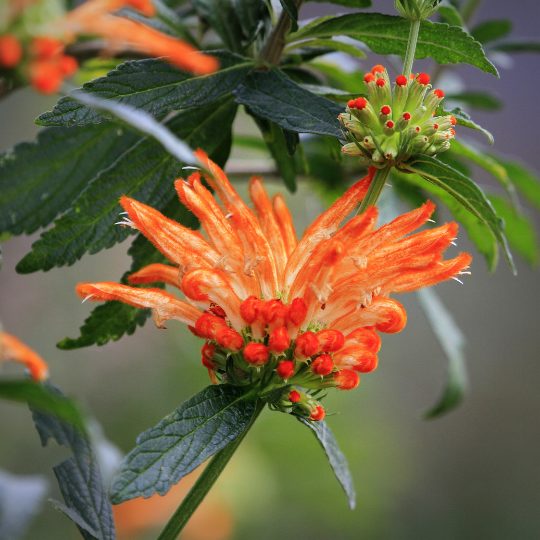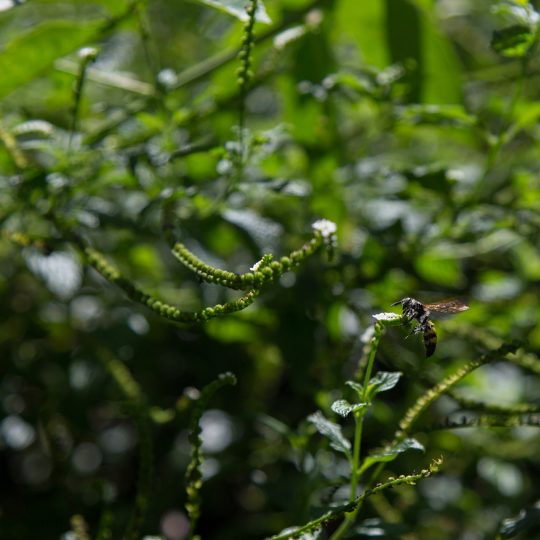-
Bee Balm
Latin name: Monarda punctata (other species commonly utilized – M. fistulosa, M. didyma, M. citriodora) – Family: Lamiaceae Common name: Bee balm, horsemint, spotted bee balm, dotted horsemint, bergamot Usage: The Monarda genus is endemic to North America and contains about twenty species, many of which have a history of medicinal usage. Monarda punctata, or spotted beebalm, is our Florida native species and can be found growing in our gardens. The leaves and flowers of Monarda punctata are utilized both internally and topically, both fresh and dried, to support a range of issues. Energetically you will find the bee balms to be warming and drying. Monarda punctata, as well as other…
-
Ashwagandha
By Salicyna – Own work, CC BY-SA 4.0, https://commons.wikimedia.org/w/index.php?curid=61791504 Latin name: Withania somnifera Family: Solanaceae Common name: Ashwagandha, Indian ginseng*, winter cherries, asgandh *The common name Indian Ginseng is a misnomer, as it’s not related to any Panax (Ginseng) species. The thought was that Ashwagandha acted similarly to Ginseng, but they are completely different plants. Ashwagandha Properties and Uses Uses: Here in the Western world, the ashwagandha root has recently gained quite a bit of popularity as an adaptogen. However, this plant has been revered for its many medicinal properties for over 3,000 years. The root as well as the aerial parts of the ashwagandha plant have a history of…
-
Spiderwort
Latin name: Tradescantia ohiensis – Commelinaceae Common name: Spiderwort, bluejacket, Ohio spiderwort, day flower, Widow’s Tears, Spider lily Varieties: T. ohiensis is most common throughout North and Central Florida, while T. hirsutiflora is found throughout the Panhandle. T. virginia is another common variety found outside of Florida and a popular search result when looking for information regarding “Spiderwort” on the internet. However, there are differences. Tradescantia ohiensis is likely to be taller, spindly and more tolerant of hot sunny sites than other Tradescantia species. Compared to the similar T. virginiana, this species has little pubescence on the sepals and grayish blue tinged leaves. History/Tradition: Native to America, Spiderwort was used…
-
Tulsi
June: Tulsi, Holy Basil Latin name: Ocimum gratissimum, O. tenuiflorum (previously O. sanctum), and O. africanum Family: Lamiaceae Common name: Tulsi, holy basil, sacred basil Tropical tulsi: Vana (O. gratissimum), Krishna (O. tenuiflorum) Rama (O. tenuiflorum), African basil (O. gratissimum), clove basil (O. gratissimum) Temperate tulsi: (O. africanum) Usage: Within the Ocimum genus there are about 60 different species, all of which are relatives of the common culinary sweet basil (Ocimum basilicum). There are two species of holy basil within the Ocimum genus, O. sanctum and O. gratissimum. Medicinally the two species can be used relatively interchangeably. Here in Florida we see Ocimum gratissimum, or Vana Tulsi, thriving year round.…
-
Spanish needles
Latin name: Bidens alba – AsteraceaeCommon name: Spanish needle, beggarticks, shepherd’s needle, butterfly needle, pitchfork weed, ottrancedi, xian feng cao, gui zhen cao Uses: There are approximately 250 species within the genus Bidens. All occur within tropical and warm, temperate climates — roughly 7-8 of which grow in Florida. All-star of the genus — Bidens alba — is one of our greatest Central Florida plant allies. We use the plant’s aerial parts, but the plant’s older leaves contain saponins and are unpleasant in taste and for the tummy. Therefore, the plant’s young tender leaves are ideal for medicinal and nutritional uses. The list of actions for B. alba is vast. Stephen Buhner provides a quick list of…
-
Betony
Latin name: Stachys floridana – Lamiaceae (Mint Family) Common name: Florida betony, wild radish, rattlesnake weed, Florida hedgenettle Usage: The tubers of S. floridana are used as food and have a crisp, sweet taste. They can be eaten raw in salads and also make a stellar pickle. Harvest the tubers from late winter until spring. If the season has been dry, the tubers may not be as abundant. Once the weather heats up the tubers die back and become soft and brown. S. floridana is a relative of Stachys affinis, or crosnes, whose tuber is sold and utilized as a gourmet food. The leaves and flowers are used in a…
-
Violet
March – Violet Latin name: Viola odorata, Viola affinis, Viola sororia, Viola tricolor, (and related species) – Family: Violaceae Common name: Violet, sweet violet, common blue violet, common wood violet, heartsease Usage: There are anywhere between 525 to 600 species within the Viola genus. Identification of species can be challenging, but according to many sources this is not of great importance, so long as you are positive on the genus – Viola. This beloved garden plant not only delights us with the beautiful purple flowers of its namesake, but also offers us sweet, cooling, anti-inflammatory medicine. The leaf and flower are both utilized for cooling hot…
-
Spearmint
Latin name: Mentha spicata (aka M. viridis or M. sativa) Family: Lamiaceae Common name: Spearmint, garden mint Usage: There are hundreds of varieties of cultivars within the mint family, many of which are used for their pleasant taste and medicinal value. One such variety is spearmint; utilized for its stimulant, carminative, antimicrobial and antispasmodic properties, with a long history of use in soothing digestive upset (nausea, gas, bloating). Steven Foster states, “Spearmint…has a much longer history of medicinal use than peppermint. It was so commonly grown and used that it was rarely described in herbals; it is known to have been cultivated in every convent garden in Europe by the…
-
Dagga
Latin name: Leonotis nepetifolia Family: LamiaceaeCommon names: Dagga, Klip dagga, Lion’s ear, Shandilay Growth: Erect, loosely branched annual that can get 8 ft tall. The stems are starkly square and leaves are smooth, with toothed margins, and oppositely arranged. The flowers are inside ball like clusters, 2-4 in, circling the stem. “The tubular flowers that peek out of the spiny heads are orange and furry, like a lion’s ear, so they say.” (1) Native to subtropical Africa, Leonotis does very well in our Central Florida climate*. It has a sister, Leonotis leonurus, that looks very similar and is also heavily planted in Central Florida gardens. L. leonurus has much fuller…
-
Scorpion Tail
Latin name: Heliotropium angiospermum, Heliotropiaceae Common names: Scorpion-Tail, Heliotrope Growth: About 2 feet in height, native to the Central East Coast of Florida, and South Florida, as well as the Caribbean and Central America. In Central Florida Scorpion-Tail is a nice herbaceous garden plant, rarely becoming weedy. The scorpion most likely to be found with Heliotropium angiospermum is Centruroides gracilis. Preparation: Cuba: Dried powder of leaves poured over a moistened burn; Dominican Republic & Haiti: decoction of leaves on sores and cleaning baby’s skin at birth. In the Bahamas and Virgin Islands this plant is sometimes referred to as Eyebright, or Bright-Eye Bush, lending some information to its historical medicinal uses.…


